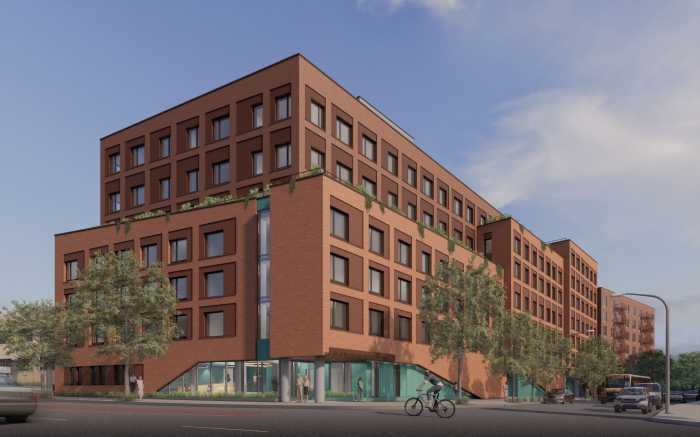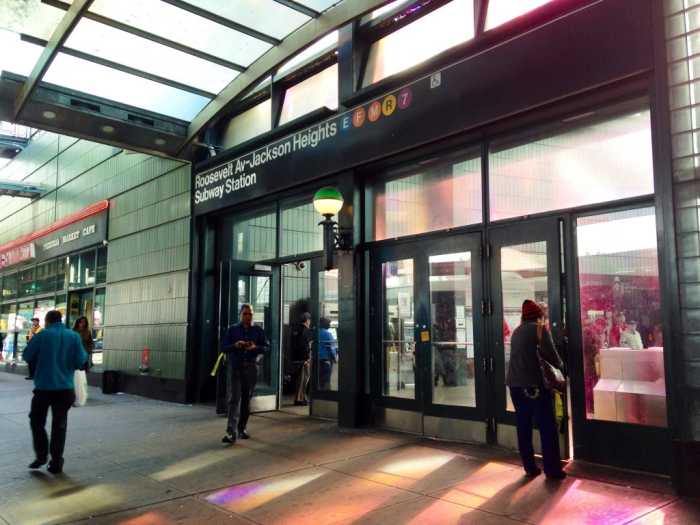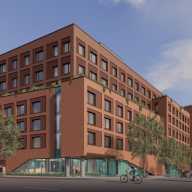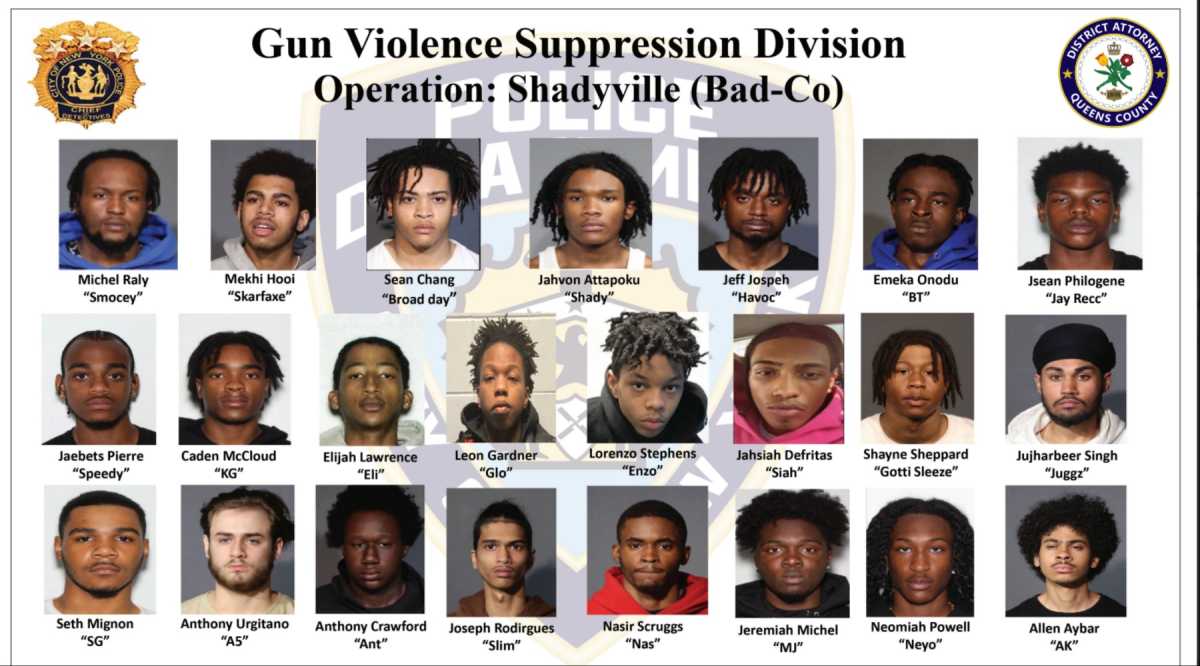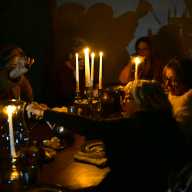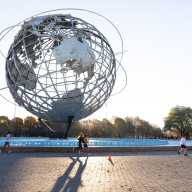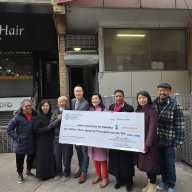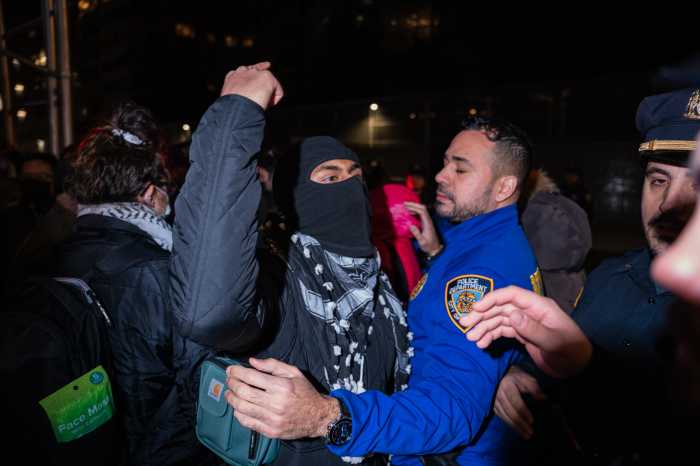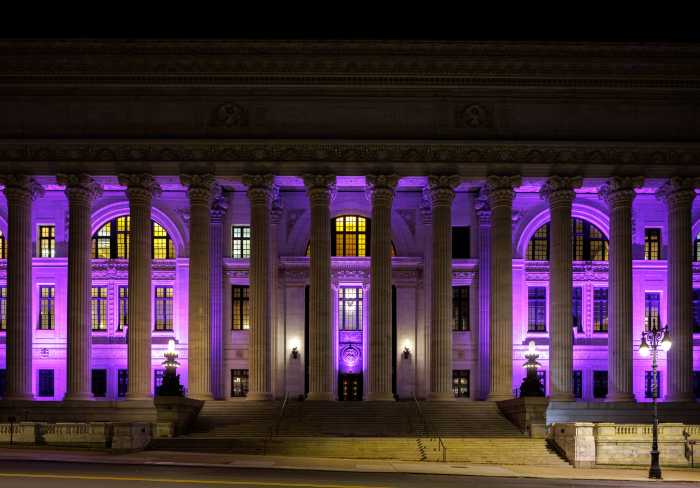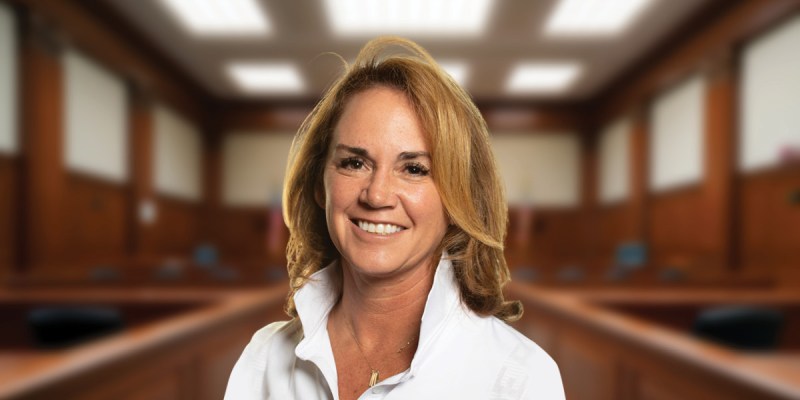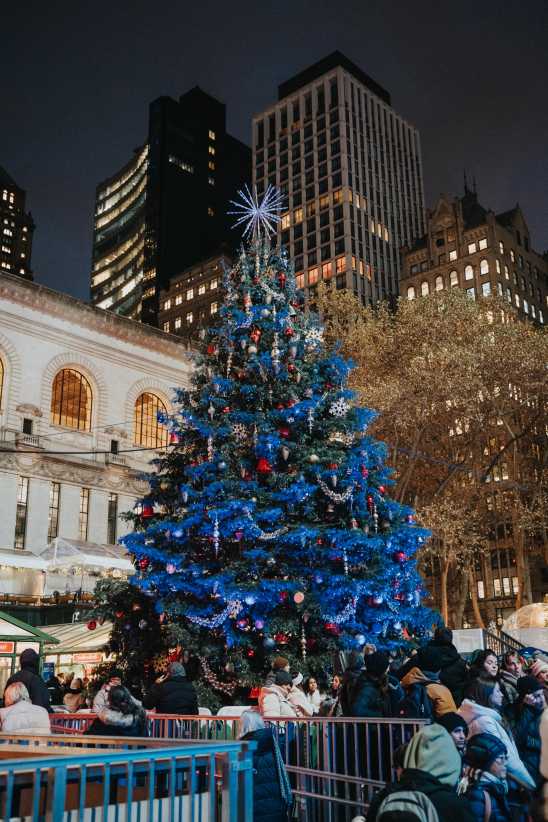Say Flushing Meadows Is Historic
As community boards and elected officials consider three development projects proposed for Flushing Meadows-Corona Park, a local lawmaker has asked the city’s Landmarks Preservation Commission (LPC) to declare the park as a historic landmark.
State Sen. Tony Avella announced last Thursday, Feb. 21, that he sent a letter to LPC Chairman Robert Tierney asking the commission to consider granting landmark status for all 1,255 acres of Flushing Meadows, adding in a press release that “its importance as a Queens treasured park cannot be overstated, and as such deserves landmark recognition.”
Flushing Meadows qualifies as a “historically significant” point of interest, Avella noted, as it hosted the 1939 and 1964-65 World’s Fairs and the United Nations General Assembly between 1946 and 1950. One fixture from the 1964 World’s Fair-the 12 story-tall, stainless steel Unisphere- was previously designated by the LPC as a landmark, along with the globe’s reflecting pools.
“The park is a valuable asset for the city and the residents of Queens not only because of its green space and natural areas, but also due to its embodiment of historical structures and leading cultural and educational institutions,” Avella wrote in his letter to Tierney.
Lisi DeBourbon, a spokesperson for the LPC, confirmed to the Times Newsweekly that the panel had received by fax a copy of the latter last Thursday and that the commission will review whether Flushing Meadows is eligible to receive landmark status.
There was, however, no timetable given on when the review will be conducted.
Ten city-owned parks have been declared by the LPC as “designated scenic landmarks,” including Central Park, Fort Tryon Park, Morningside Park and Riverside Park in Manhattan and Prospect Park and the lengths of Eastern and Ocean parkways in Brooklyn.
Should Flushing Meadows be deemed a designated scenic landmark, the LPC would be required to review and approve any proposed work to certain features in the park. The commission previously conducted reviews for construction of the ice skating rink at Prospect Park and renovations at Tavern on the Green in Central Park.
Flushing Meadows has been in the public limelight in recent weeks after the announcements of three proposed developments within sections of the park.
One of the projects, proposed by Major League Soccer, is the construction of a 25,000-seat soccer arena on the site of the Fountain of the Planets, located in the northeastern section of Flushing Meadows. The plan, as previously reported, would include renovations to nearby public soccer fields.
In his letter to Tierney, Avella particularly identified the Fountain of the Planets as “a major focal point of the park,” noting that when it was created for the 1964 World’s Fair, it is “potentially the largest fountain in New York City, which is 625 feet high when spraying at full height.” The fountain is also connected with the nearby Flushing River, a tributary of the East River.
The United States Tennis Association (USTA), which operates the 42-acre Billie Jean King National Tennis Center on the northwestern end of Flushing Meadows, has also put forth an expansion plan that would include the construction of a new 6,000-seat tennis/concert venue and parking garages.
Finally, Sterling Equities-the owners of the New York Mets-has proposed building a shopping and entertainment complex adjacent to Citi Field on the parking lot where Shea Stadium once stood. This area remains a part of Flushing Meadows.
Should any of these projects be approved, by law, the developers would be required to replace any acquired parkland in equal amounts elsewhere in New York City.
Community groups such as the Fairness Coalition of Queens and Save Flushing Meadows Corona Park have been formed to oppose the projects, charging that the land to be acquired for development through alienation deprives hundreds of thousands of nearby residents of surrounding areas of free and open spaces to play, exercise and relax.

